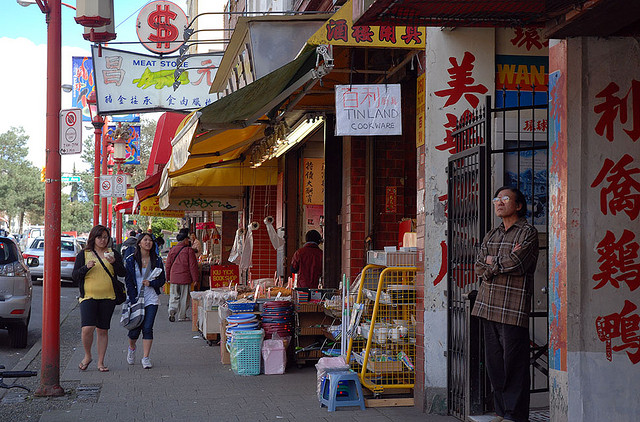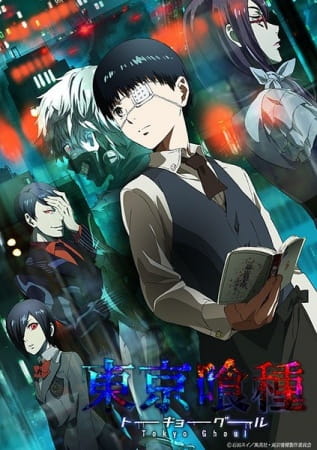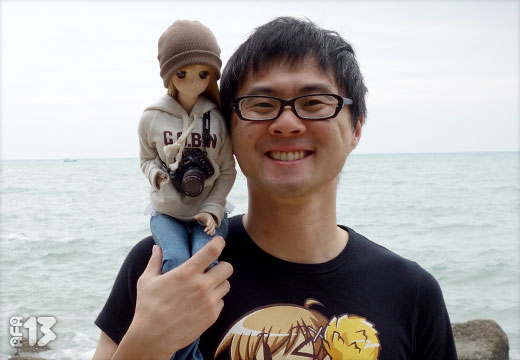Today, I had the chance to attend and participate in the annual UBC Arts CAP (Coordinated Arts Program) Conference. The conference is a display of student works and features presentations from all five streams of CAP: (Global Citizens), (Philosophy, Political Science & Economics), (Law and Society), and (Media Studies). One thing that I want to point out from browsing through many of my classmate’s archival research projects from back in February, I noticed the level of improvement and quality of the presentations that was shown in today’s conference. To me, this is a display of the amount of skills we (the students) have learned and taken away from the Global Citizens stream.
Having presented in the panel, “Circulation, Surveillance, and Consumption,” I found particular interest in a group’s video presentation on Starbucks consumption. Coming from the stream “Individual and Society”, Rohina Dass, Anna Zharkova, Eunice Choi, Carissa Kirk and Cynthia Dobroszek created a large underlying theme of an individual’s connection with society through Starbucks in their presentation panel: More Than Just Coffee. The idea of consumption spoke out to me because being an avid Starbucks coffee drinker myself, I never regarded where the products I consume come from. Thinking back to the human geography and sociology, ideas such as consumption or conspicuous consumption have been mentioned. The video presentation cited that many Starbucks consumers buy coffee for what it is and not for it’s ethical use of coffee (fair trade coffee beans). With this presentation in mind, it is interesting to see the types of ideas that other students from different stream come up with. Imagine if a group of Global Citizens recreated the same project, it would most likely be analyzed through a more sociological, geographical or political context.
Looking back at the Global Citizens stream, I definitely enjoyed all the material this first year has offered. The cross course ideas and themes between each class was something that I very much appreciated and will miss next year. This will be the last blog post for my Global Citizens ASTU 100. Thank you for those who have been reading until now, you have been great support.
/Vinson Tam







